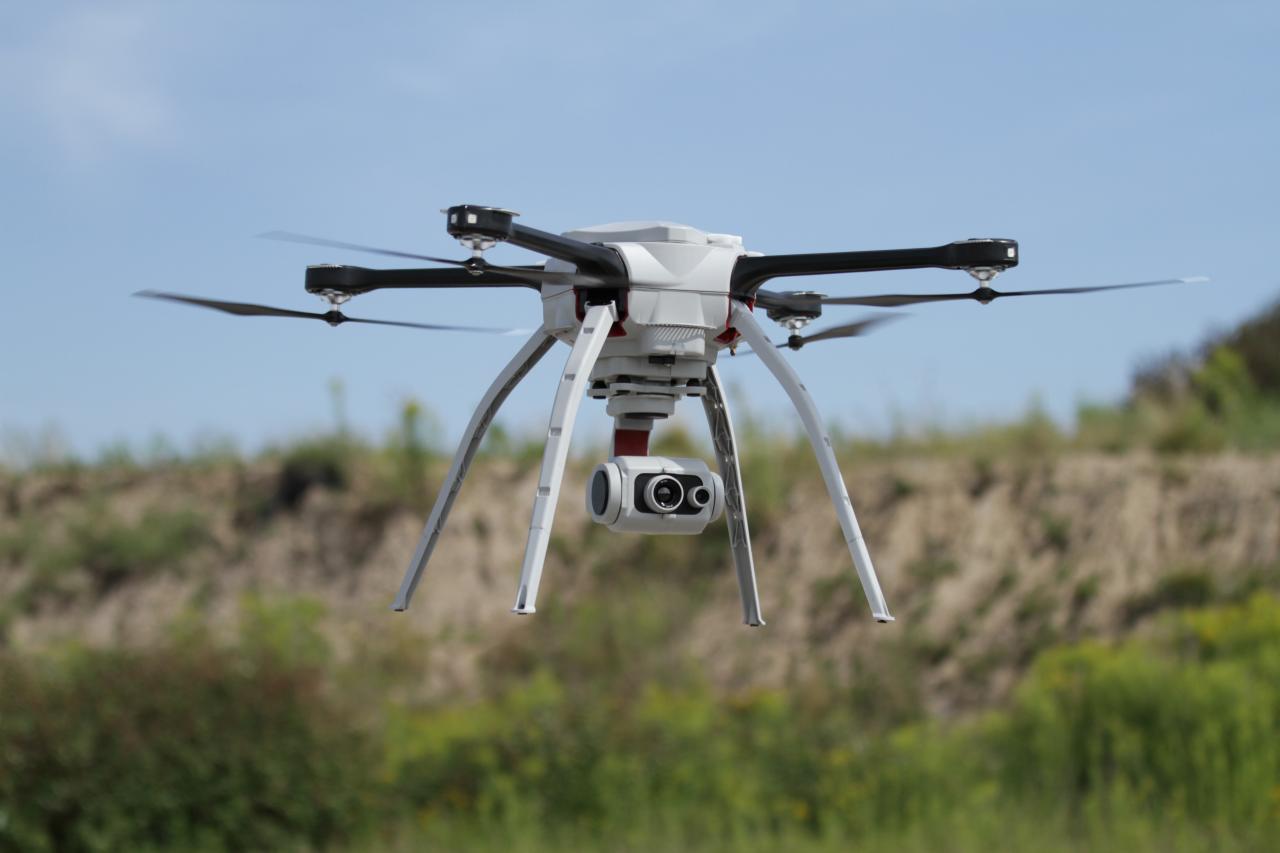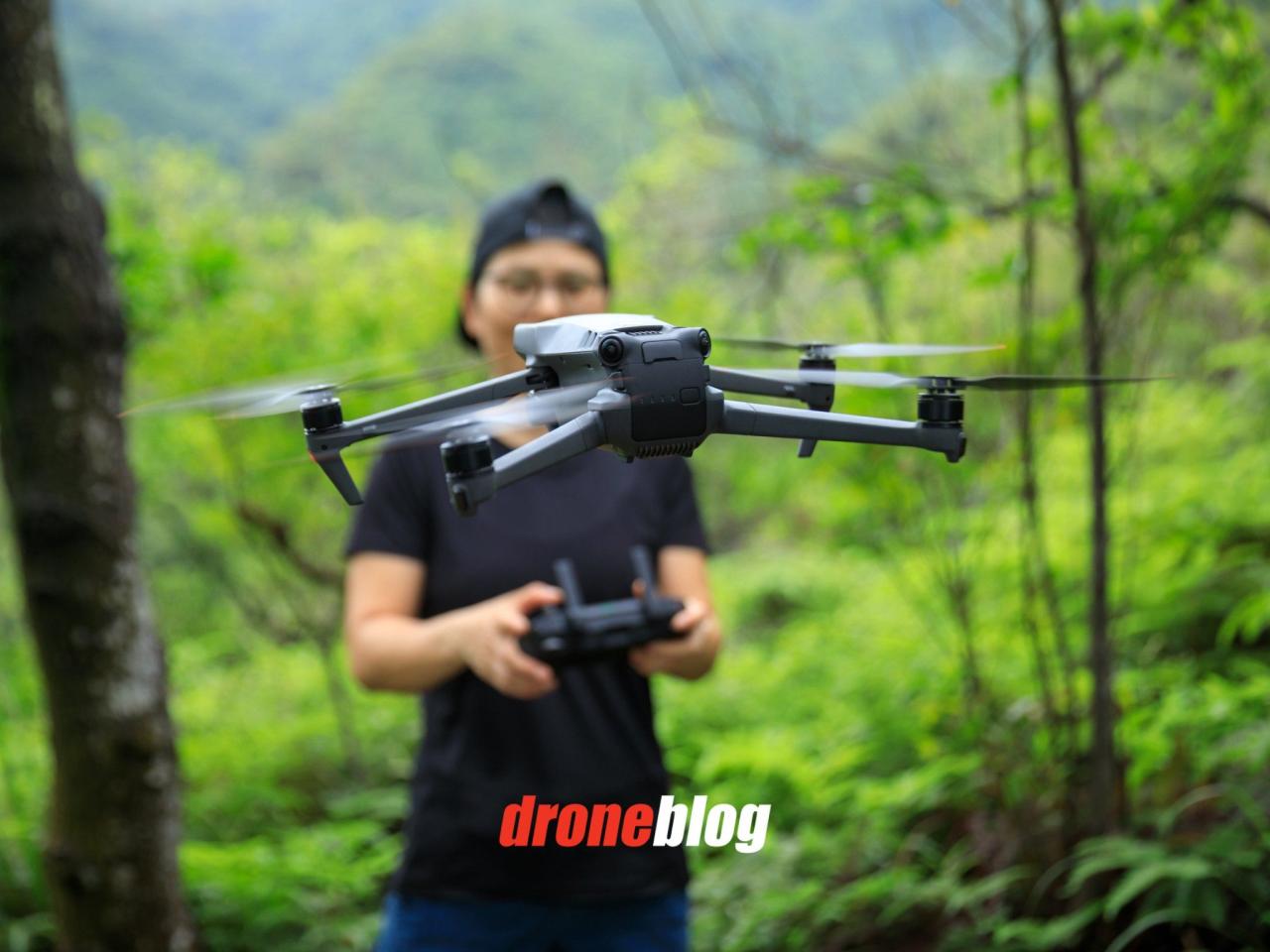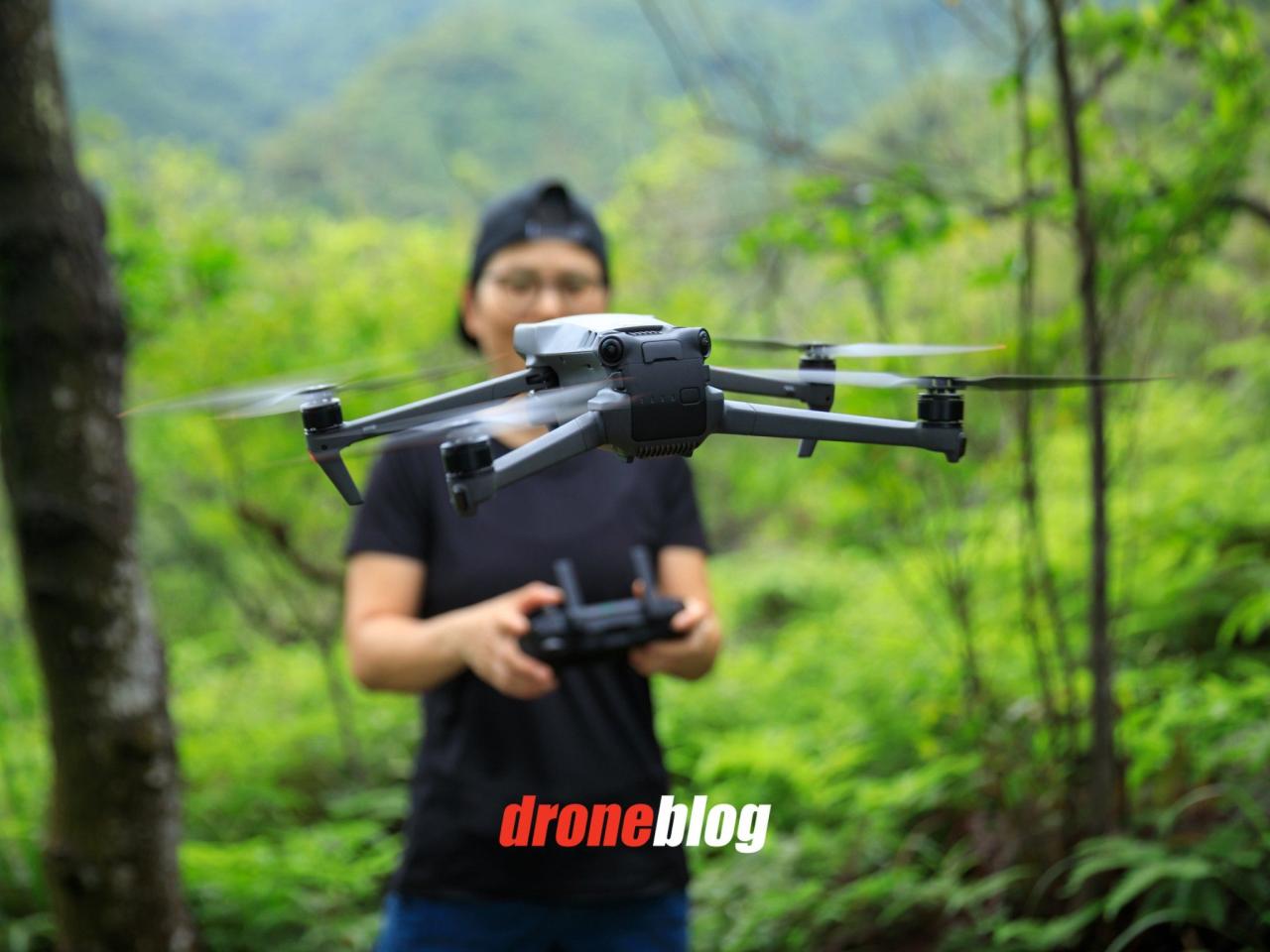Canada Drone Laws Under 250g: Navigating the regulations for smaller drones in Canada can seem tricky, but it doesn’t have to be. This guide breaks down the key rules and guidelines from Transport Canada, making it easy to understand what you need to know before you take to the skies. We’ll cover registration, flight restrictions, safety, privacy, and liability – everything you need for responsible drone operation.
Flying drones under 250g in Canada is generally pretty straightforward, but you still need to know the rules. Incidents like the one highlighted in this article about a drone crash in Paris remind us that even small drones can cause problems if not flown responsibly. Understanding Canadian regulations for lighter drones helps prevent similar accidents and keeps everyone safe.
Understanding these laws isn’t just about avoiding penalties; it’s about ensuring safe and respectful drone use. Whether you’re a hobbyist or considering professional applications, this information will help you fly legally and responsibly. We’ll clarify common misconceptions and offer practical advice to keep your flights smooth and compliant.
Canadian Drone Regulations for Sub-250g Drones
Operating a drone in Canada, even a lightweight one under 250g, requires understanding Transport Canada’s regulations. These rules ensure safe and responsible drone operation, protecting both the public and airspace. This section details these regulations, providing clarity and examples for safe drone flying.
Specific Regulations for Sub-250g Drones in Canada
Drones under 250g are generally subject to less stringent regulations than heavier drones. However, they are still governed by the Canadian Aviation Regulations (CARs) and must be operated responsibly. Key aspects include maintaining visual line of sight, respecting airspace restrictions, and adhering to privacy laws.
So, you’re flying drones under 250g in Canada? Sweet! Remember to check those basic rules before you take off. Understanding your drone’s specs is key, and that’s where checking its processing power with a tool like cpu z can be helpful, especially if you’re looking at more advanced features. Knowing your drone’s capabilities helps you stay compliant with Canadian drone laws under 250g.
Transport Canada’s Rules and Guidelines
Transport Canada’s guidelines emphasize responsible operation. This includes understanding airspace restrictions near airports and populated areas, avoiding flight over people, and maintaining a safe distance from obstacles. The rules also cover proper pre-flight checks and awareness of weather conditions.
Examples of Regulation Application
Regulations apply in various situations. For instance, flying near an airport requires prior authorization, even for a sub-250g drone. Flying over a crowd or a private property without permission is a violation. Similarly, operating the drone at night or in conditions with reduced visibility requires extra precautions and might be prohibited.
Comparison of Regulations: Sub-250g vs. Heavier Drones
| Regulation | Sub-250g Drones | Heavier Drones (Over 250g) |
|---|---|---|
| Registration | Generally not required | Required |
| Licensing | No specific license required | May require a Remote Pilot Certificate (depending on the operation) |
| Operational Restrictions | Subject to general airspace restrictions | Subject to more stringent airspace restrictions and operational limitations |
| Insurance | Recommended, but not always mandatory | Often mandatory depending on the type of operation |
Registration and Licensing Requirements

While registration isn’t mandatory for sub-250g drones, understanding the implications of operating an unregistered drone is crucial. This section details the registration process, licensing exemptions, and penalties for non-compliance.
Registration Process for Sub-250g Drones

Currently, there’s no mandatory registration process for sub-250g drones in Canada. However, Transport Canada strongly recommends registering your drone regardless of its weight to ensure you can be contacted in case of an incident or if your drone is found.
Licensing Requirements and Exemptions
No specific license is required to operate a sub-250g drone in Canada, provided you follow all applicable regulations. However, more extensive operations, even with a sub-250g drone, might require specific permits or authorizations from Transport Canada.
Okay, so you’re flying drones under 250g in Canada? Sweet! Remember to check those basic rules first. Want to grab a drone? Check out what’s available at drone canadian tire before you take off. Once you’ve got your drone, make sure you’re still following all those lightweight drone regulations in Canada to keep things safe and legal.
Penalties for Unregistered/Unlicensed Operation
Operating a drone without adhering to regulations can lead to significant penalties, including fines and potential legal action. The severity of the penalty depends on the nature and severity of the violation.
Step-by-Step Guide for Registering (if applicable in future)
- Gather necessary information about your drone.
- Visit the Transport Canada website.
- Complete the online registration form.
- Pay the registration fee (if applicable).
- Receive your registration confirmation.
Operational Restrictions and Safety Guidelines: Canada Drone Laws Under 250g
Safe drone operation requires understanding and adhering to various restrictions and guidelines. This section details where you can and cannot fly your sub-250g drone and provides crucial safety tips.
Restrictions on Drone Flight Locations
Sub-250g drones cannot be flown within restricted airspace, such as near airports, heliports, or other sensitive areas. Flying over populated areas requires extra caution and might be prohibited depending on the circumstances. Always check for local airspace restrictions using online resources provided by Nav Canada.
Safety Guidelines for Responsible Operation
- Maintain visual line of sight at all times.
- Check weather conditions before flying.
- Avoid flying near power lines or tall structures.
- Never fly over people or crowds.
- Be aware of surrounding traffic and obstacles.
Safety Considerations: Sub-250g vs. Larger Drones
While sub-250g drones pose less physical risk due to their smaller size and weight, the potential for property damage or privacy violations remains. Larger drones, however, carry a higher risk of significant physical damage in case of an accident.
Potential Hazards and Mitigation Strategies, Canada drone laws under 250g
| Hazard | Mitigation Strategy |
|---|---|
| Loss of control | Regular maintenance, pre-flight checks, and practicing safe flying techniques |
| Collision with obstacles | Careful pre-flight planning, maintaining visual line of sight, and using obstacle avoidance features (if available) |
| Battery failure | Using high-quality batteries, monitoring battery levels, and having spare batteries available |
Privacy Considerations and Legal Implications
Drone operation involves collecting data, raising privacy concerns. This section explains Canadian privacy laws related to drone use and how to mitigate privacy risks.
Canadian Privacy Laws and Drone Operation

Canadian privacy laws, particularly PIPEDA (Personal Information Protection and Electronic Documents Act), apply to data collected through drone operations. Operators must ensure they are complying with these laws when collecting, using, and storing any personal information.
Maintaining Privacy While Using Sub-250g Drones
Always obtain consent before filming or photographing individuals. Avoid flying over private property without permission. Limit data collection to what is necessary for the intended purpose. Anonymize or de-identify data whenever possible.
Legal Consequences of Privacy Law Violations
Violating privacy laws through drone operation can result in fines, legal action, and reputational damage. The consequences can be severe, especially if sensitive information is compromised.
Creating a Privacy Policy for Drone Operations
A well-defined privacy policy should Artikel how data is collected, used, stored, and protected. It should clearly state the purpose of data collection and the measures taken to ensure compliance with privacy laws. The policy should be readily accessible to anyone affected by the drone operation.
Insurance and Liability for Sub-250g Drones
While not always mandatory, insurance is highly recommended for drone operations. This section explores insurance options and liability implications for accidents involving sub-250g drones.
Insurance Options for Sub-250g Drone Operators
Several insurance providers offer drone insurance policies, often tailored to different levels of risk and operational needs. Options range from basic liability coverage to more comprehensive packages that include damage to the drone itself.
Liability Implications for Drone Accidents
Drone operators are liable for any damages or injuries caused by their drone. This liability extends to property damage, personal injury, and privacy violations. The severity of liability depends on the circumstances of the accident and the applicable laws.
Insurance Requirements: Sub-250g vs. Larger Drones

While insurance isn’t mandatory for sub-250g drones in many cases, it’s strongly recommended. For larger drones, insurance requirements often become stricter and sometimes mandatory, depending on the type of operation and regulations.
Liability Risk Assessment Checklist
- Identify potential hazards associated with drone operation.
- Assess the likelihood and severity of each hazard.
- Develop mitigation strategies to reduce risks.
- Consider the financial implications of potential accidents.
- Obtain appropriate insurance coverage.
Visual Representation of Flight Restrictions
Imagine a map of a Canadian city. Areas around airports are depicted as large red circles, signifying no-fly zones. Smaller, yellow circles indicate areas where flight is permitted only with special authorization. Green areas represent open airspace where sub-250g drone operation is generally permitted, provided all other regulations are followed. These areas are clearly marked with easily identifiable colors and shapes, ensuring clarity and safety.
Epilogue
Flying a drone under 250g in Canada offers incredible opportunities for photography, videography, and more. However, responsible operation requires understanding the regulations. By familiarizing yourself with the rules regarding registration, flight restrictions, safety guidelines, privacy concerns, and liability, you can enjoy your drone hobby while respecting the law and ensuring the safety of others. Remember to always check for updated regulations before each flight!
Quick FAQs
Do I need a pilot license to fly a drone under 250g in Canada?
No, a pilot license isn’t required for drones under 250g, but registration is mandatory.
Where can I register my sub-250g drone?
You can register your drone online through Transport Canada’s website.
What are the penalties for not registering my drone?
Penalties can include fines.
Can I fly my drone near airports?
No, flying near airports is generally prohibited. Check the official no-fly zones.
What kind of insurance do I need for my sub-250g drone?
While not always mandatory, liability insurance is strongly recommended to protect yourself in case of accidents.
